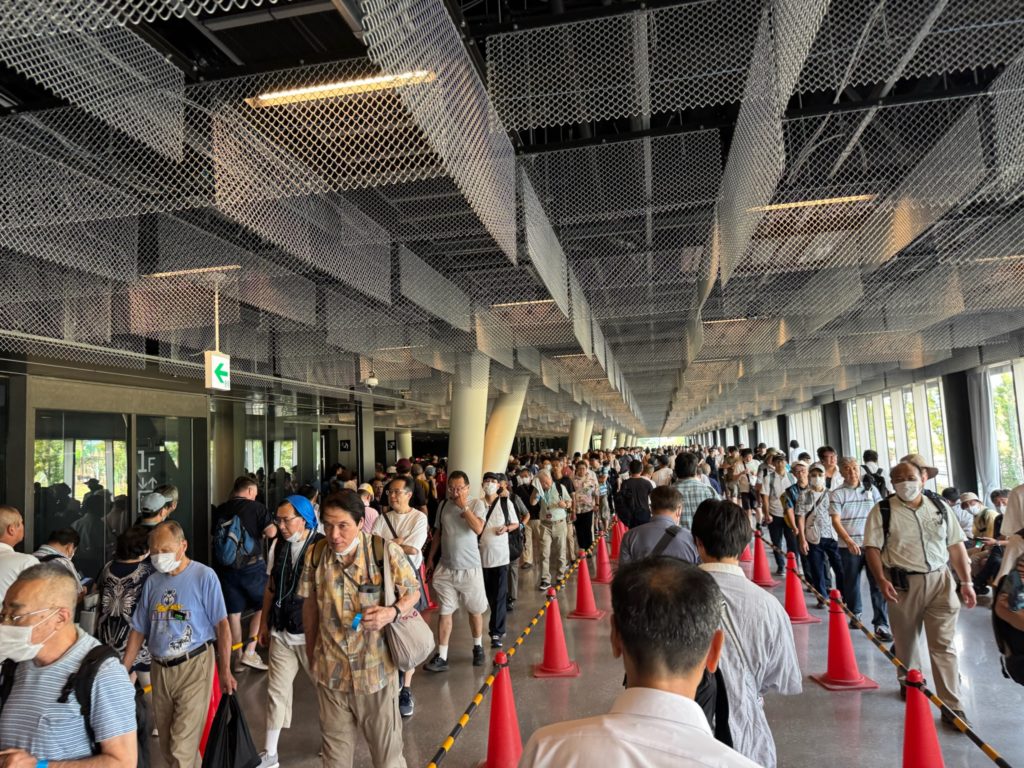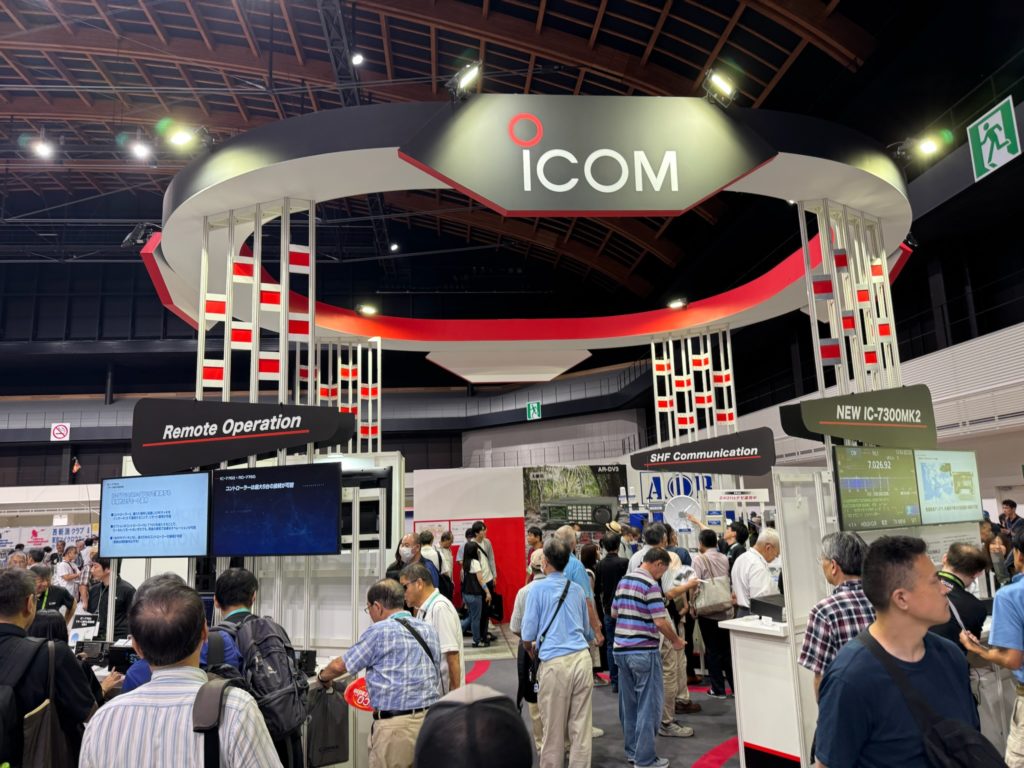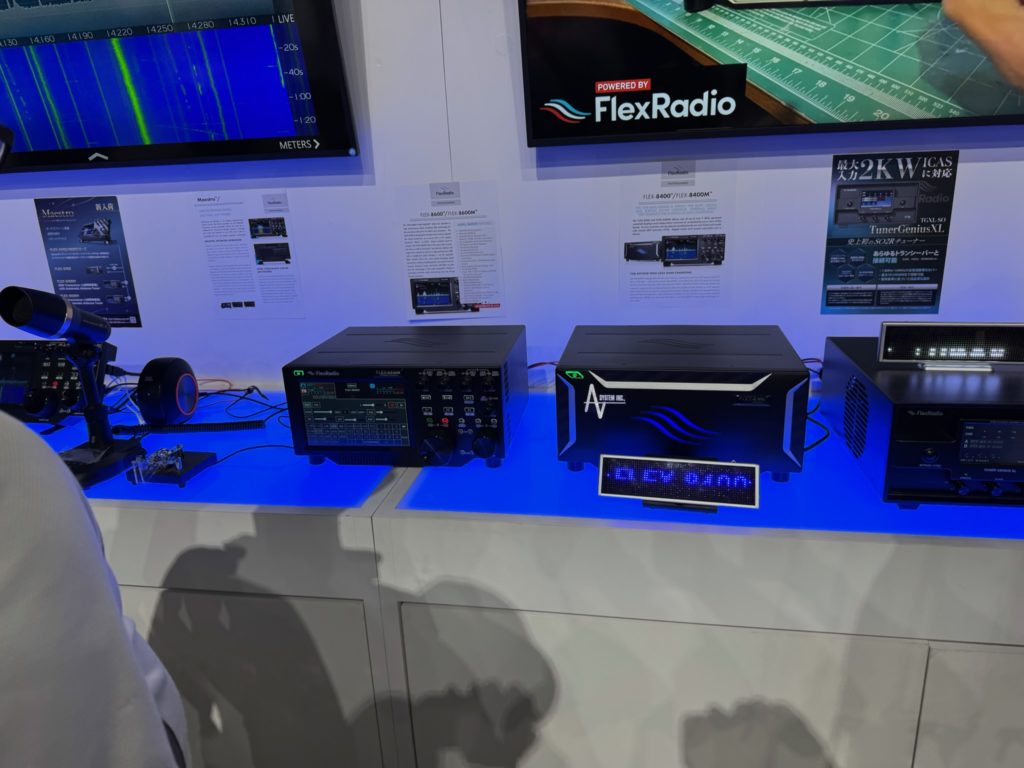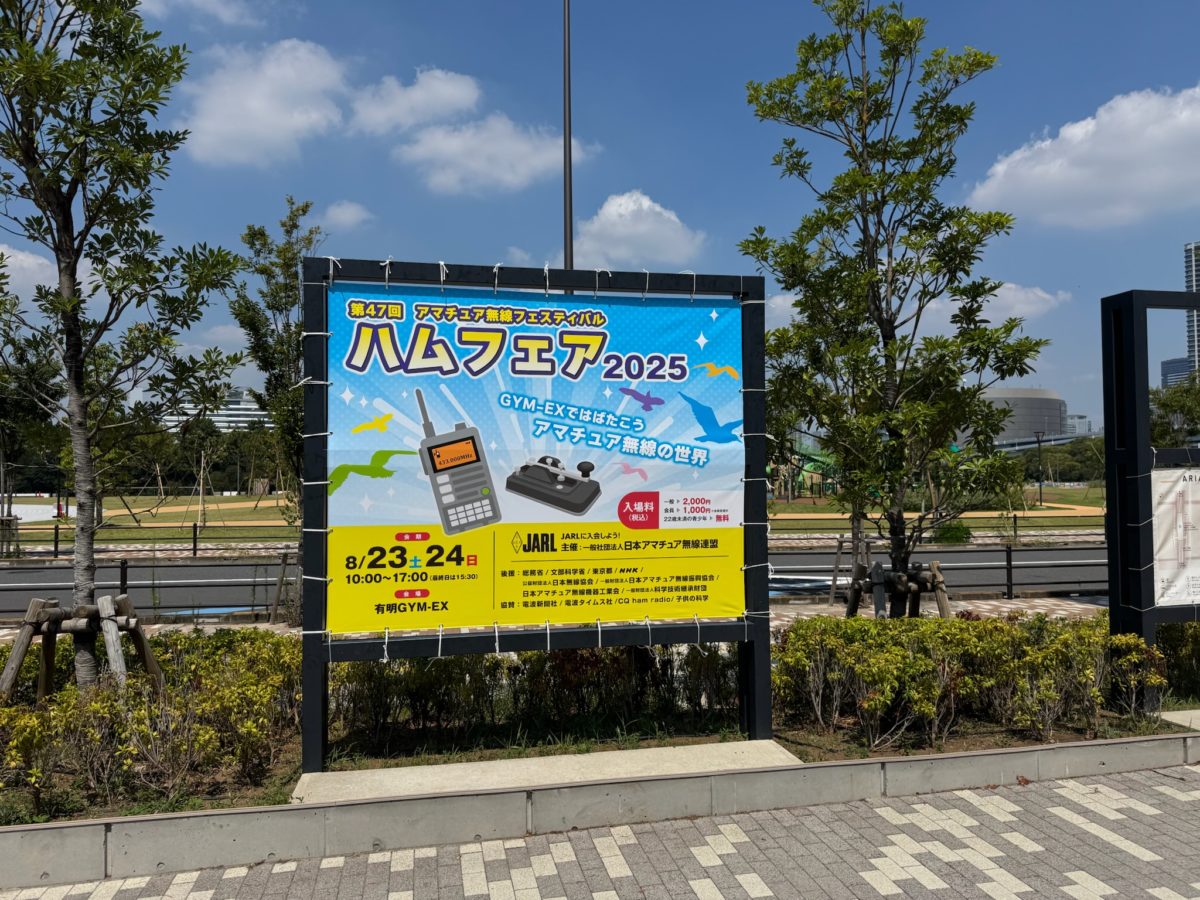The Tokyo HAM Fair once again delivered exciting news for radio enthusiasts — but also some disappointments. Here are the biggest takeaways.
Icom Surprises with the IC-7300 MkII
The show’s biggest announcement came from Icom with the unveiling of the IC-7300 MkII. Standing in line to enter, I immediately noticed the buzz around it — and for good reason. The IC-7300 MkII is the long-awaited successor to Icom’s most successful transceiver.

As hoped, it now features a network interface and an improved receiver, making it a strong contender for the next must-have rig. Ray Novak, N9JA, confirmed at the booth that it will launch in Japan later this year and in the U.S. early next year. Hopefully, Europe won’t have to wait much longer. For developers like me, it’s almost a no-brainer to support in apps.

AOR Announces the DV3
AOR introduced the AOR-DV3, successor to the popular DV1. While specs remain similar, the DV3 boasts significantly faster performance, paving the way for more features via software updates. Considering the DV1 has been on the market for nearly a decade, this is a major step forward.
Currently, I only have a Windows app for the DV1, but I’m curious if there’s interest in a macOS app for either the DV1 or DV3. Let me know if that’s something you’d like to see.
FlexRadio Pushes for Japanese Certification
At the FlexRadio booth (represented by System Inc.), I learned that the new Aurora series and other FlexRadio transceivers are undergoing the complex Japanese certification process. John Furuya, JE1PTZ, explained it’s a bureaucratic hurdle, but once approved, FlexRadio fans in Japan will finally have official access.

Kenwood Shows Familiar Gear
Kenwood didn’t bring new products this year but showcased the TM-D750, TS-890, and TS-990. I tried to raise an issue some users face with remote connectivity on the TS-890 (both with my app and Kenwood’s own software). Unfortunately, the booth staff couldn’t give an answer — whether due to the language barrier or simply lack of information remains unclear.
YAESU Misses the Mark
Sadly, YAESU left many operators disappointed. Their booth centered on the FTX-1, rebranded in multiple confusing ways (Field, Optima), much like the FT-710/AES variation. But the real letdown: the FTX-1 lacks a network interface.
At the very least, support for their quite expensive SCU-LAN interface would have been appropriate.
When I asked about remote access plans, the staff had no answers — suggesting it isn’t a priority for YAESU at all. This stance runs completely against the industry trend, especially now that Icom has raised the bar with the IC-7300 MkII.
At this point, I struggle to see a compelling reason to buy the FTX-1. If you know of one, I’d love to hear it — but based on the buzz at the booth, I wasn’t alone in my skepticism.
To gain more clarity, I also tried to establish direct contact with YAESU about their strategy and future goals. Karl Brazier from YAESU UK told me they would get back to me. However, as of now, YAESU has remained silent — perhaps for a reason, though it leaves their direction even more uncertain.
At this point, I struggle to see a compelling reason to buy the FTX-1. If you know of one, I’d love to hear it — but based on the buzz at the booth, I wasn’t alone in my skepticism.
